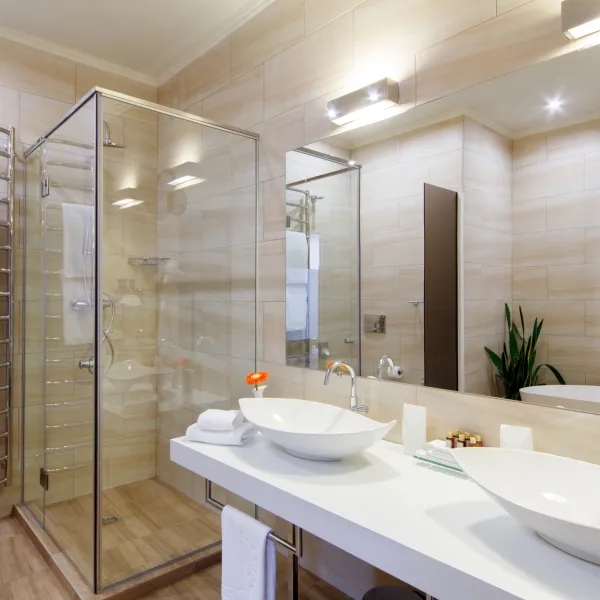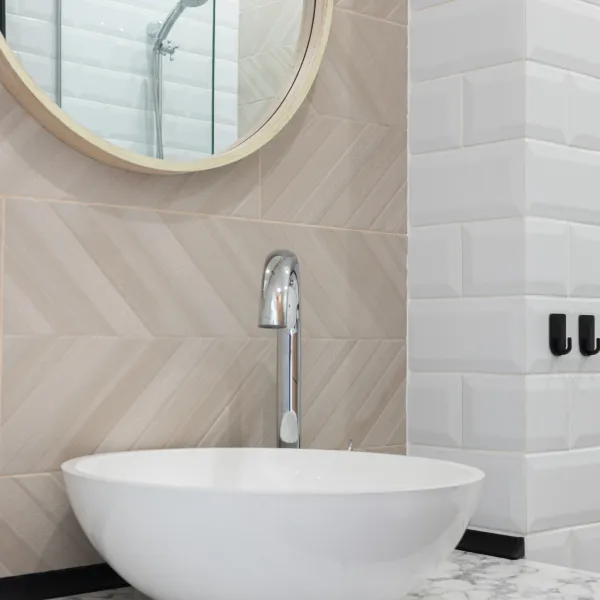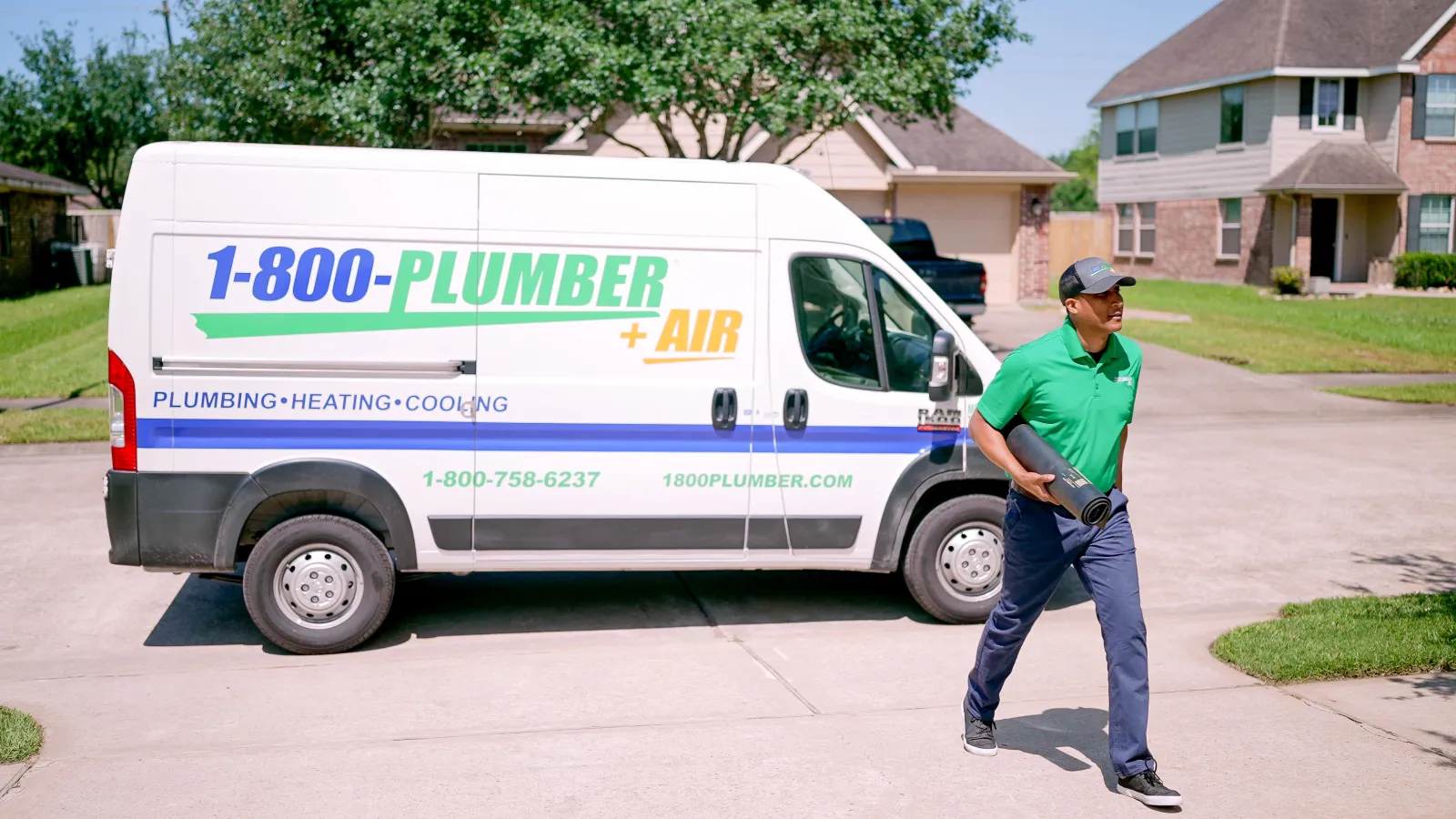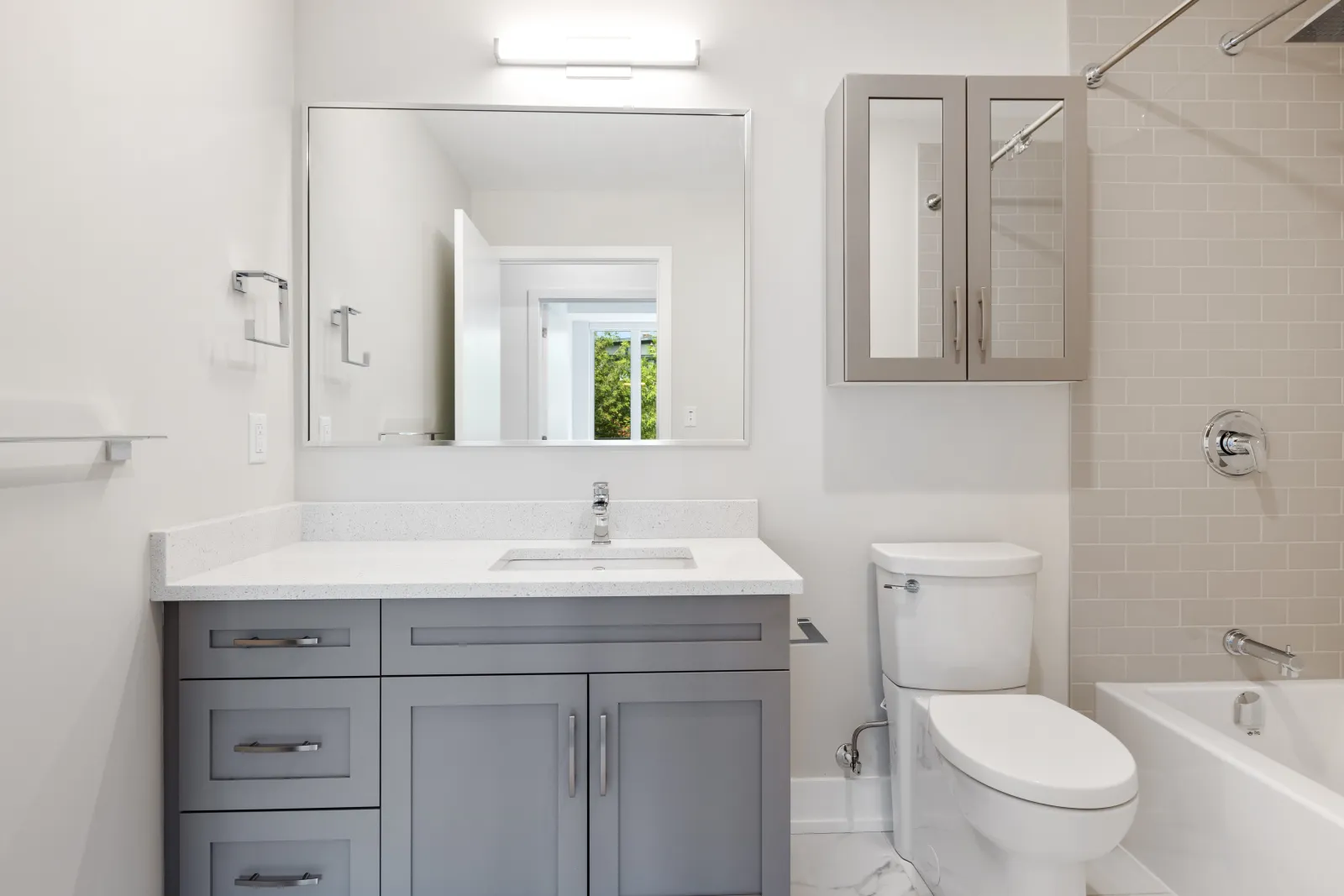The Sink
After a visit to the throne, where's the next place everyone heads? The sink, of course. This fine fellow has a similar number of moving parts.
The Faucet
First up, we have the faucet lever which turns things on and off. The lever connects to a dome which houses a cartridge that connects to a spout O ring. The spout O ring is about as thick as a sheet of cardstock but is integral to a secure connection.
The spout O ring connects to the faucet spout which has another O ring. At the end of the spout, there's a little O ring that connects to an aerator which delivers a mixture of water and air. Essentially, this helps prevent too much of a splash from developing.
Going back to the other side of the spout, back at the base of the sink, there's one more O ring that connects to the escutcheon, which is a fancy word for "flat piece of metal."
The Basin
The basin is pretty straightforward. It's part of the reason why you can purchase practically any shape, style, or material for your basin. It can be glass, porcelain, marble, bronze, you name it.
Here, you have the basin and a drain. Nice and easy. But, on top of the drain, you can install a sink hole cover or a sink strainer.
A sink hole cover allows you to seal the drain and draw some water into the basin. This is, of course, great for face washing, shaving, and other daily routines.
But you can also install a sink strainer. If there are any ladies in the house, then, every time they brush their hair, there's a strong likelihood they'll brush a few strands down the drain. Over time, this creates one of those gag-worthy clogs that will need to be snaked out.
Much like a shower strainer, an ounce of prevention here will save everyone a lot of time hunched over a sink searching for lost hair (or even diamond rings).
The Shower
Onto the final component of the bathroom. The shower and bathtub are where all our cares get washed away and relaxation sets in (unless there's a faulty flange or valve).
So, let's start at the top. First, you have your shower flange, which is that silver disk that lies flat against the wall. This leads to the shower arm which connects to the shower head.
Plumbers' tape was all but made for this scenario. A little strip on both ends of the shower arm is a time-old maneuver that provides a tiny bit of peace of mind.
Then, it's down to the faucet. Within the wall, there's a valve that releases the water. This connects to a cartridge which leads to the stop tube. So, the valve, cartridge, and stop tube are the major components that control the flow of water.
At the end of the stop tube, we have another handy escutcheon (a.k.a. flat piece of metal) which leads to the handle. Of course, when it's bath time, we also need to refer to the spout at the bottom of all this.
The tub spout connects to its own valve in the wall, pretty plain and simple. The spout will come with all the working parts to allow you to pull up the drain and fill the tub to your heart's content.
The final connecting piece is the drain or drain stop. This will pull up or down as needed. But, no matter what you do, be sure to invest in a little forward thinking and place a hair catch over the drain
